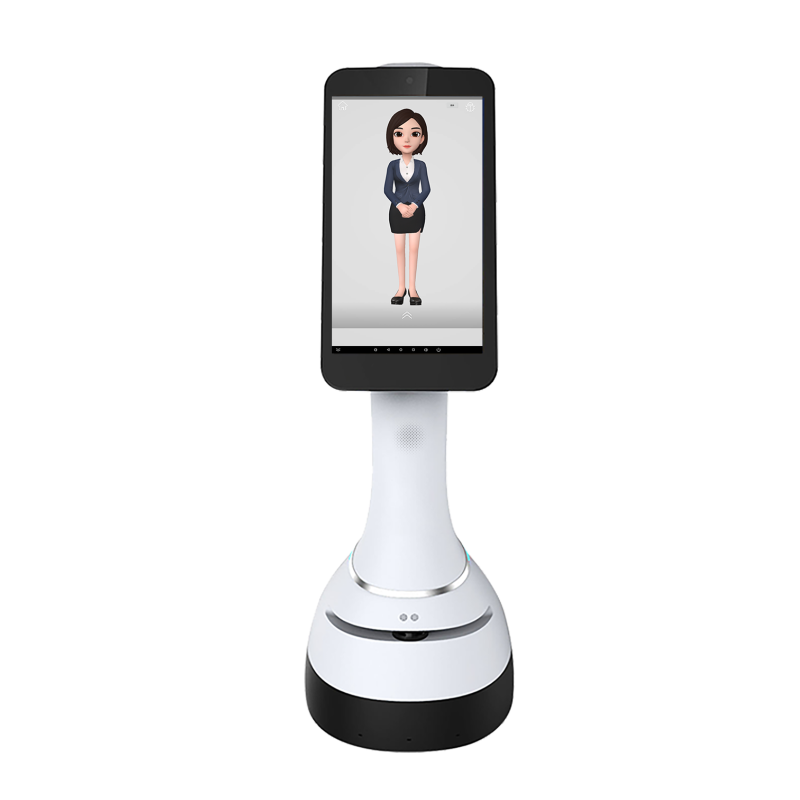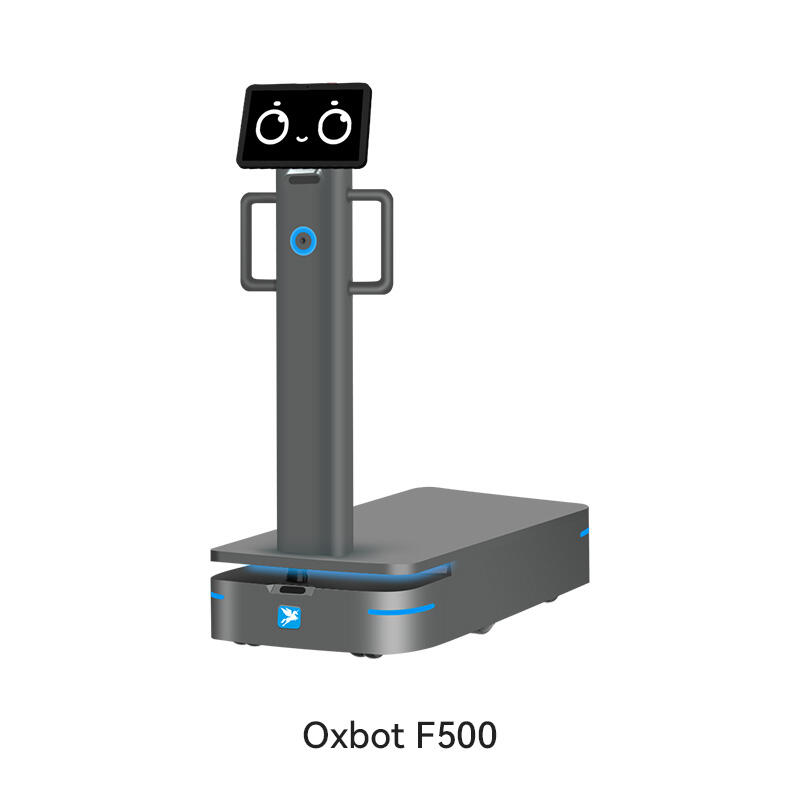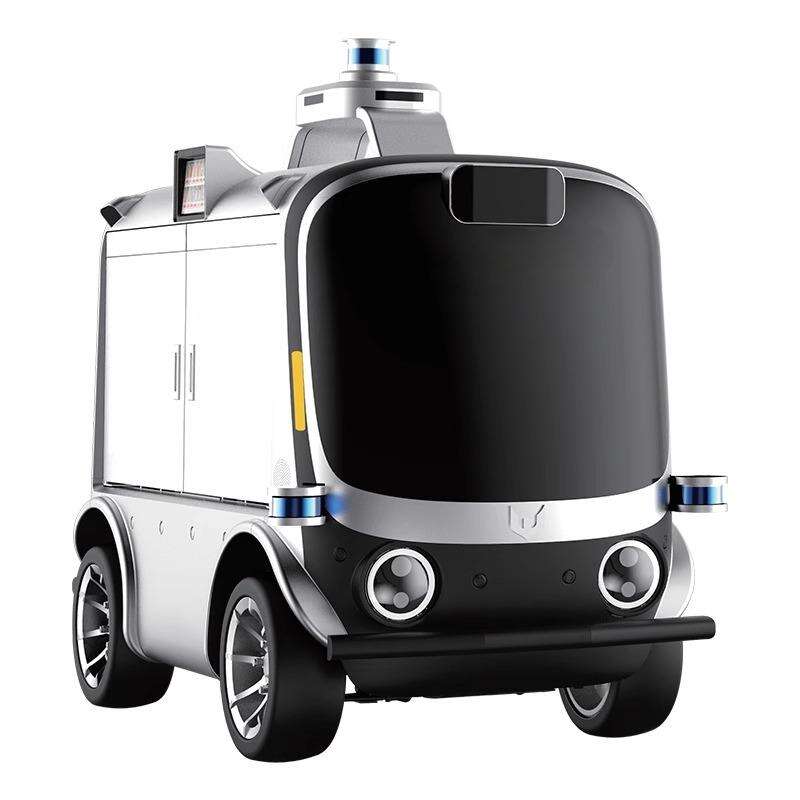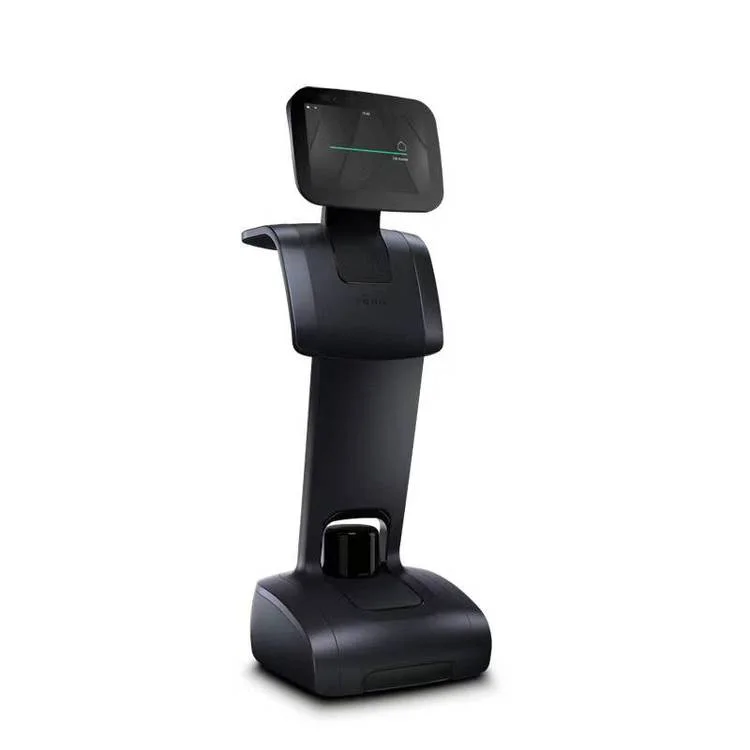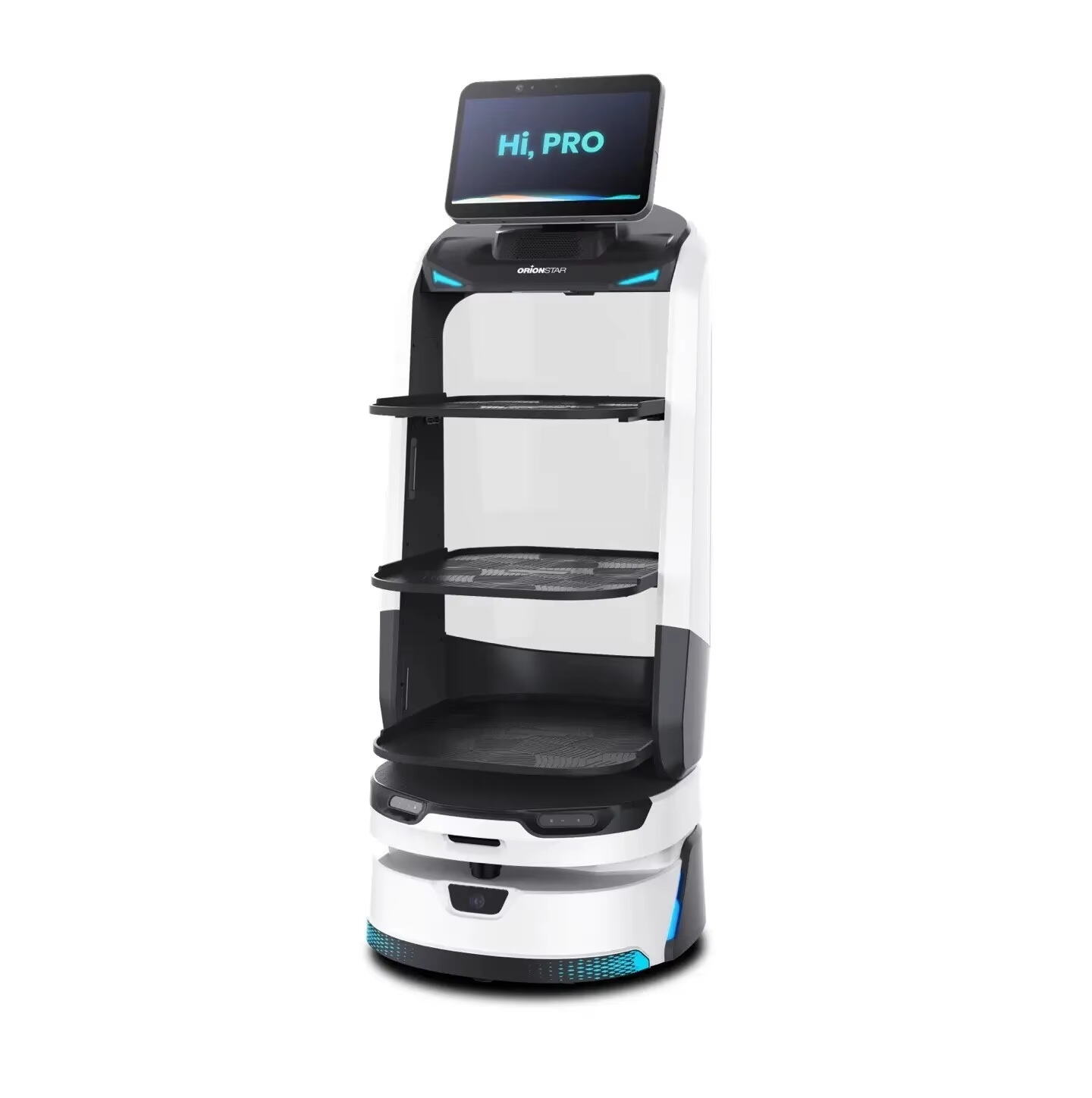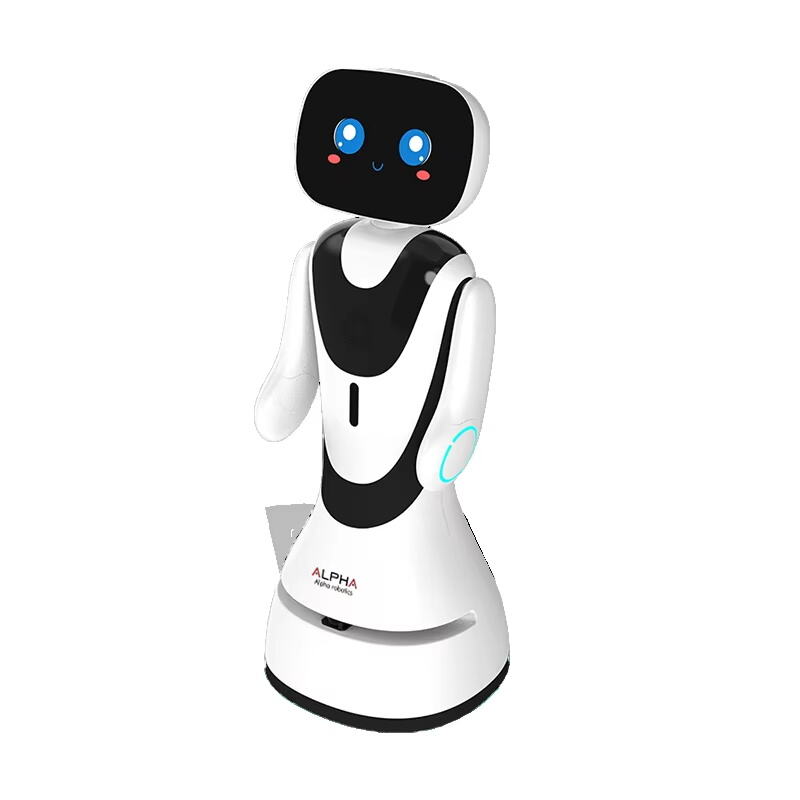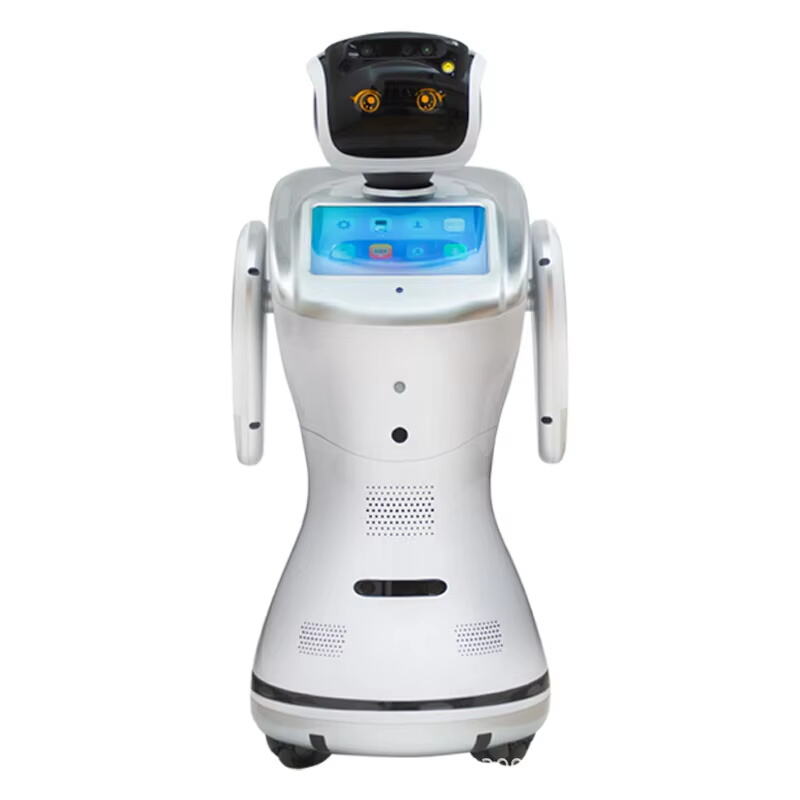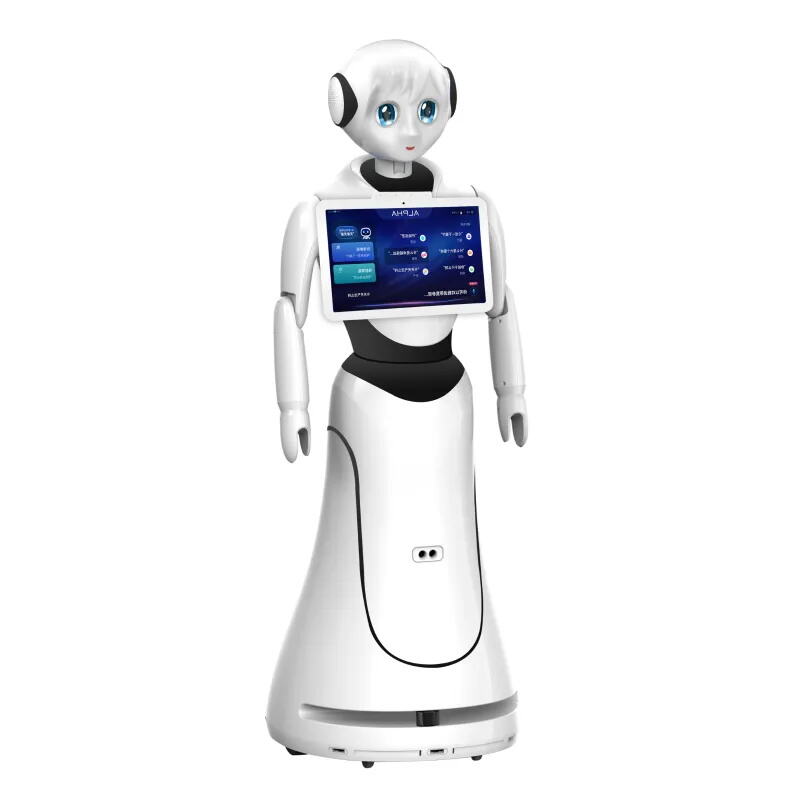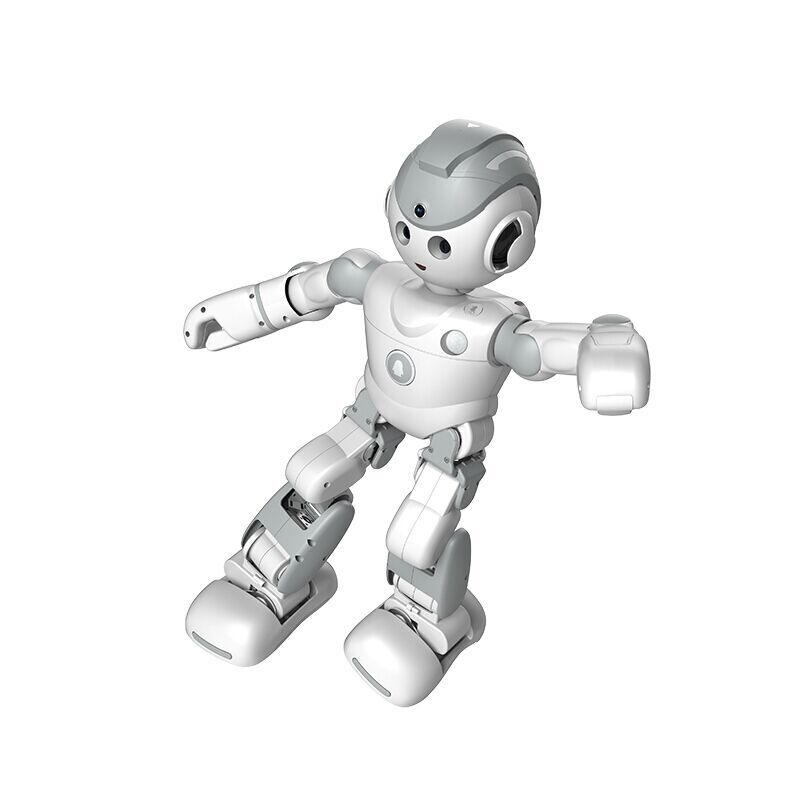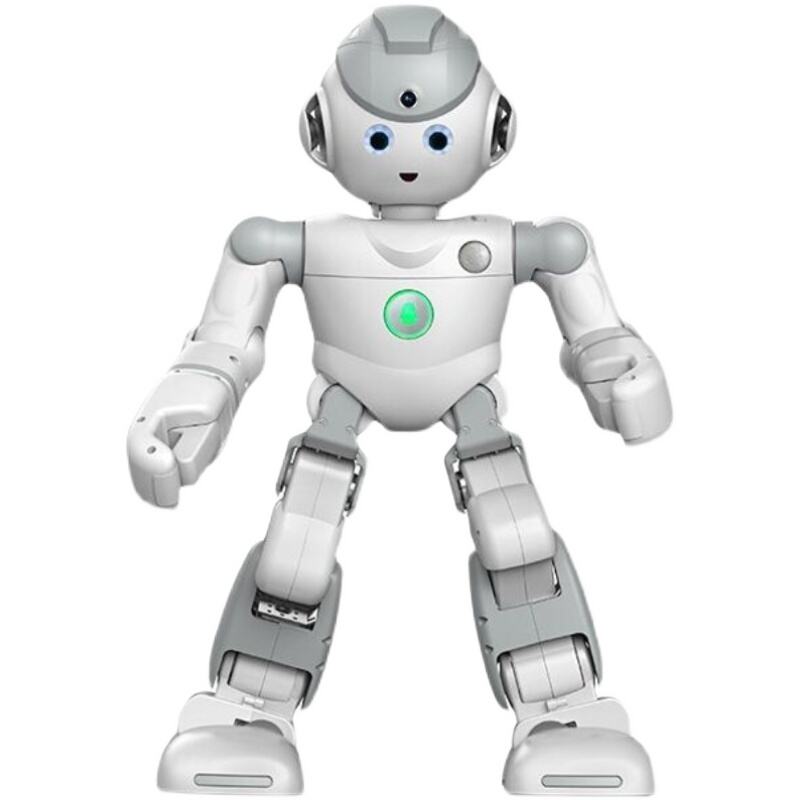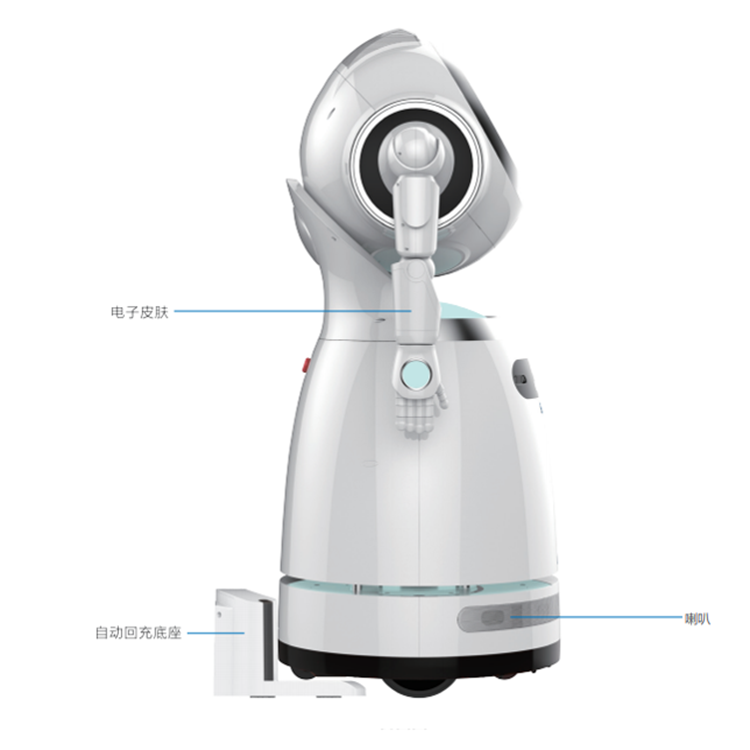what are the functions of exhibition robots
Exhibition robots serve as cutting-edge technological ambassadors in various display and interactive environments. These sophisticated machines are designed to perform multiple functions, including guest reception, product demonstration, and information dissemination. Their primary functions encompass interactive communication with visitors, utilizing advanced speech recognition and natural language processing capabilities to engage in meaningful dialogues. They can provide detailed information about products, services, or exhibition content through their integrated multimedia systems, including high-definition displays and audio outputs. Exhibition robots are equipped with autonomous navigation systems, allowing them to move safely through crowded spaces while avoiding obstacles. They often feature gesture recognition technology, enabling them to respond to human movements and create more natural interactions. Many models include touchscreen interfaces for additional interaction options, multilingual support for international events, and cloud connectivity for real-time information updates. These robots can also collect valuable data about visitor engagement and preferences, providing insights for event organizers and exhibitors. Their sophisticated sensor arrays include cameras, proximity sensors, and environmental monitoring capabilities, ensuring safe and effective operation in various exhibition settings. Some advanced models even incorporate facial recognition technology to personalize interactions and remember previous encounters with visitors.

